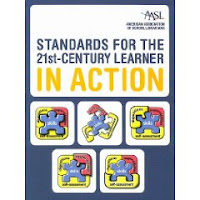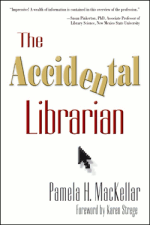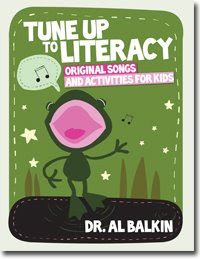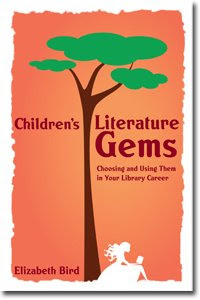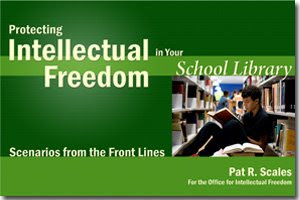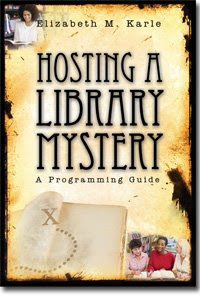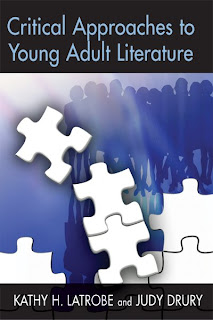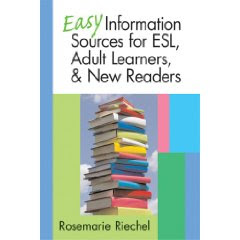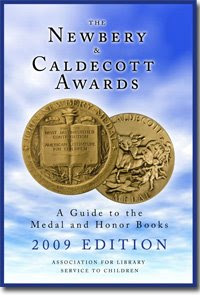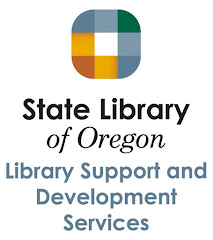
Squires, Tasha. Library Partnerships: Making Connections between School and Public Libraries. Medford, NJ: Information Today, 2009. Print. ISBN 978-1-57387-362-8
Yes, money may be meager and time is tight, but remember that you have allies trying to achieve many of the same goals you are. Who? School library media specialists and YA librarians. And this new book is all about building partnerships between both.
Tasha Squires, the author and a YA librarian, has extensive experience collaborating with school library media specialists, and in Library Partnerships, she offers much practical advice to help others seeking to do the same. She covers the obvious, like checking the other person’s schedule before offering to launch a collaborative project, and the not so obvious, like thinking to ask if your partner prefers a steady routine or likes variety when returning to a familiar project. Examples of collaboration range from coordinating author visits between school and public libraries to having school educators share classroom management skills at the request of YA librarians who were overrun with kids visiting their public library after school. -- Jen




